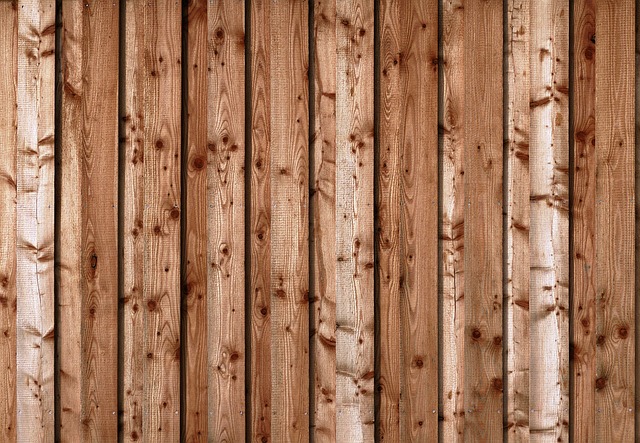
Should There Be a Gap Between Fence Boards?
When you’re building a wood privacy fence, the last thing you’re probably thinking about is building gaps into your fence.
However, if you want to build a fence that will last longer, that’s exactly what you need to do. Here’s the answer to the question, “Should there be gaps between fence boards?” and why?
Do You Need Gaps Between Fence Boards?
While you might be thinking otherwise, the truth is that you do need gaps between fence boards. They don’t have to be big gaps (as you will see later in this article), but if you want to build a fence that will last longer, you do need them.
Why Do You Need Gaps Between Fence Boards?
The next thing you might be wondering when you’re figuring out how to build your wood fence is why you need gaps between fence boards.
The answer is capillary action.
This is a scientifically proven phenomenon where water tends to “travel” through narrow spaces. Water can defy gravity to do this, and it occurs when two surfaces are close together but with enough space between them to allow the water to move upwards.
If you put fence boards tight together, you’re creating a perfect space for capillary action, and we all know that water and wood fences are not friends!
Not only does this make it easier for water to travel up those narrow spaces between fence boards, but it also makes it much harder for the sides of your fence boards to dry when they do get wet. So there’s nowhere for trapped moisture to go!
How Far Apart Should Fence Boards Be?
If you’re worried that your wood privacy fence will have big gaps between boards to prevent water damage from capillary action, don’t be.
The good news is that you don’t need a huge gap to prevent this issue from happening to your wood fence.
In fact, you can get away with about a matchstick thickness (or about 2 to 3 millimetres) between your fence boards. That will give you enough space between the boards to prevent premature rotting due to capillary action by water without compromising the privacy of your wood fence.
Spacers and Jigs for Building Panel Fences
One of the most important things required to build a good-looking, high-quality panel fence system is consistency.
When fence manufacturers build ornamental fence systems and welded mesh fences in factories, they often use automated equipment that always delivers consistent results.
When you’re building a wood fence or even a composite fence on site, that’s not how it’s done.
Two ways to get around that is to use spacers and jigs to make sure the spaces between your boards are uniform throughout.
Using spacers is quite simple but can be quite time-consuming. All you need to do is have a spacer made of wood or metal that is the thickness of the gap you want between the two boards, and simply place it between them before you nail or screw the next board.
Another option, if you are prebuilding panels before you install them, is to build a jig, which could be as simple as a square wooden frame with nails at precise spacing on the top and bottom rails. Cut the nail heads off, and then simply slide your fence boards between those nails and nail or screw them to your top and bottom fence stringers.


